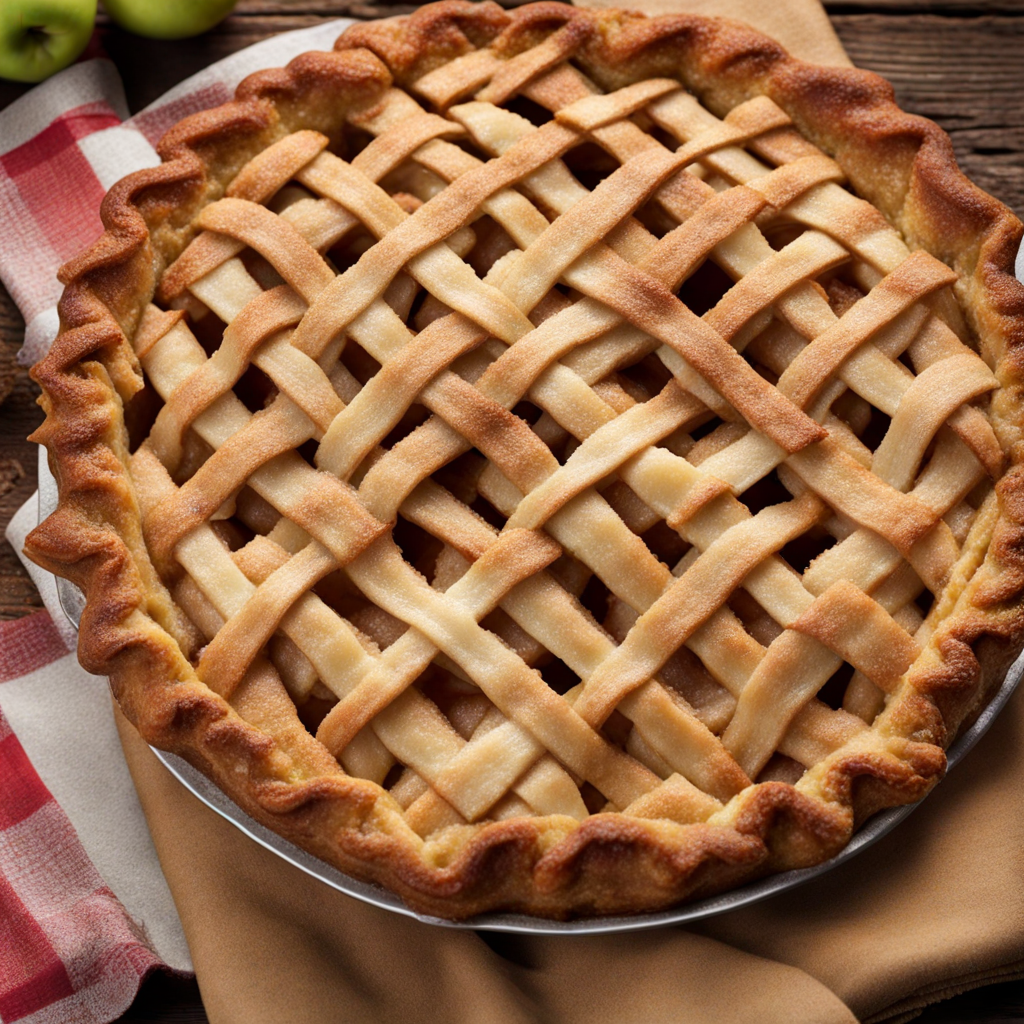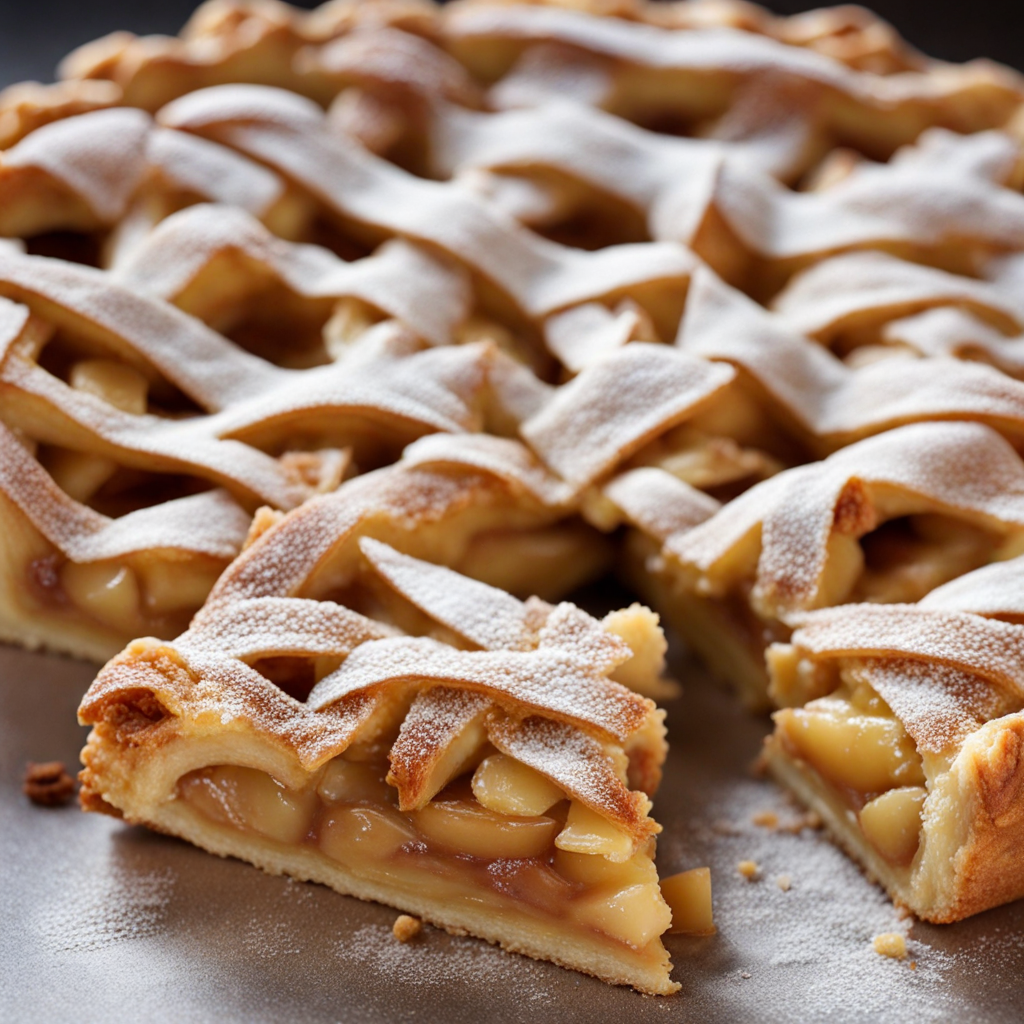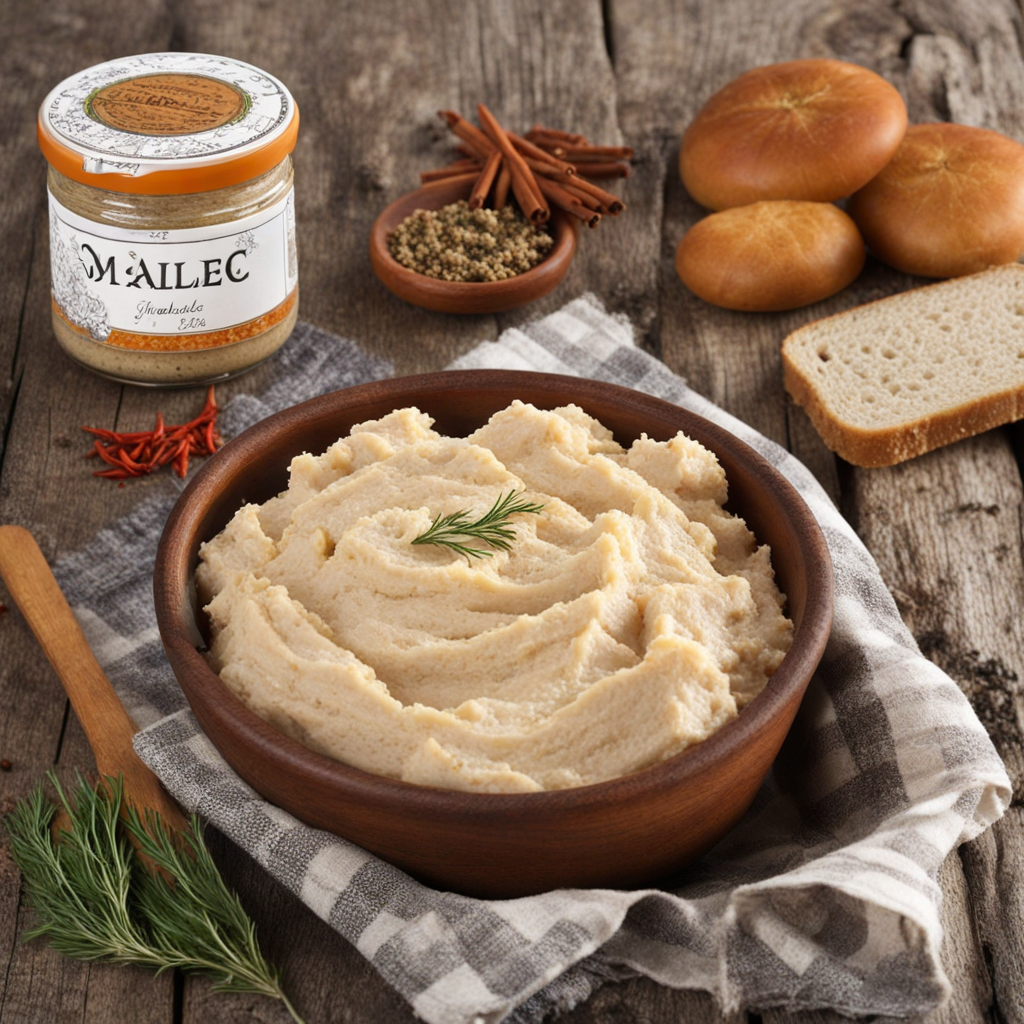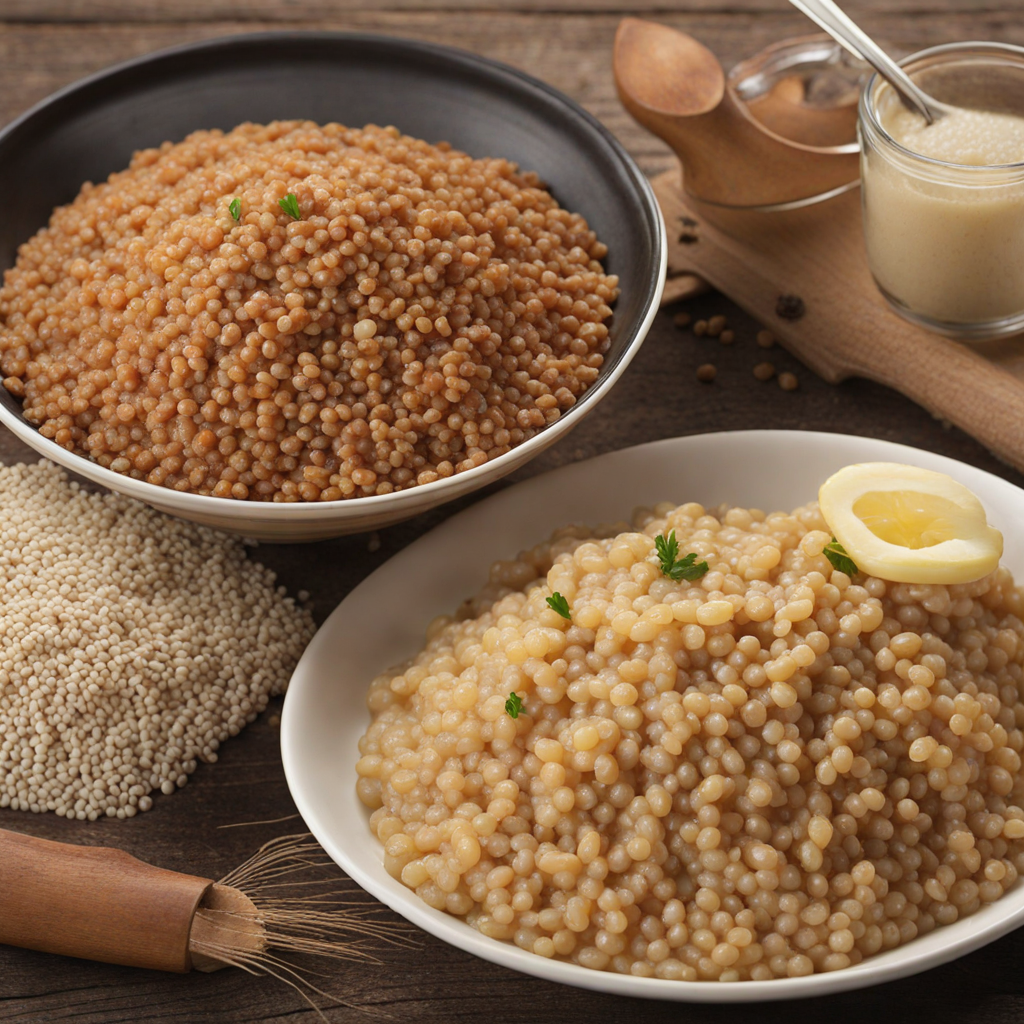Szarlotka
Szarlotka, a beloved Polish dessert, is essentially an apple pie that embodies the essence of Polish home cooking. This delightful treat typically features a buttery, flaky crust that cradles a generous filling of tart apples, often seasoned with cinnamon and sugar. The combination of sweet and slightly sour flavors creates a perfect balance, making every bite a comforting experience. The addition of ingredients like vanilla or lemon zest enhances the freshness of the apples, while a sprinkle of breadcrumbs can be added for texture, giving it a unique twist compared to traditional apple pies found in other cultures. As you take your first bite of Szarlotka, you’ll notice the inviting aroma of baked apples mingling with warm spices, creating a nostalgic atmosphere reminiscent of family gatherings. The crust is golden and crisp, providing a satisfying crunch that contrasts beautifully with the soft, juicy apple filling. This dessert is often served warm, sometimes with a dollop of whipped cream or a scoop of vanilla ice cream, which melts into the warm pie, adding an extra layer of richness and indulgence. Szarlotka is not just a dessert; it's a piece of Polish heritage that reflects the country's agricultural bounty, particularly its abundant apple orchards. Commonly enjoyed during the autumn months when apples are in season, this dish is often found at family celebrations, holidays, and community gatherings. Whether enjoyed on its own or accompanied by a hot beverage like tea or coffee, Szarlotka is a delicious way to explore the warm, comforting flavors of Polish cuisine.
How It Became This Dish
Szarlotka: The Sweet History of Poland’s Beloved Apple Pie #### Origins Szarlotka, the quintessential Polish apple pie, is a dish deeply embedded in the fabric of Polish culinary culture. The name itself is thought to be derived from "Charlotte," a classic French dessert made with sponge cake and fruit, which made its way to Poland in the 19th century. However, the Polish interpretation of this dessert has evolved into a unique entity that reflects the country’s agricultural bounty and culinary traditions. The origins of szarlotka can be traced back to the introduction of apples to Europe in the 1st century AD. Apples were cultivated by the Romans, who valued them for their flavor and nutritional benefits. This fruit thrived in the temperate climate of Poland, where it became a staple in local diets. By the 17th century, Polish orchards were abundant with various apple varieties, leading to the creation of numerous apple-based dishes, including szarlotka. #### Cultural Significance Szarlotka is more than just a dessert; it is a symbol of Polish hospitality and tradition. In Polish homes, especially during autumn, when apples are in season, szarlotka is a popular treat. It embodies the essence of comfort food—warm, sweet, and aromatic. Families often gather to bake this pie together, reinforcing family bonds and cultural heritage. It is commonly served during family gatherings, holidays, and festive occasions, such as Christmas and Easter. The pie's cultural significance is also reflected in its representation of Polish resourcefulness. Traditionally, Polish households made szarlotka as a way to utilize surplus apples, ensuring that nothing went to waste. This frugality is a characteristic trait of Polish cuisine, which often emphasizes seasonal ingredients and home-cooked meals. #### Development Over Time As Poland underwent various historical changes—from partitions to wars—szarlotka evolved but remained a steadfast presence in Polish kitchens. In the 19th century, regional variations began to emerge, influenced by local ingredients and culinary practices. The basic composition of szarlotka includes a buttery crust, spiced apple filling, and often a crumbly topping, but variations abound. In the early 20th century, the rise of the middle class and the establishment of cafes in urban areas further popularized szarlotka. It became a staple in coffee shops and bakeries, where it was served alongside coffee or tea. Recipes for szarlotka began to appear in cookbooks, making it more accessible to the masses and solidifying its place in Polish gastronomy. One noteworthy development was the introduction of different apple varieties into the recipe. While traditional szarlotka often used tart apples like Antonówki or Papierówki, the pie began to adapt to include sweeter varieties as tastes changed. The use of spices, particularly cinnamon and nutmeg, also became more prevalent, enhancing the flavor profile and making it even more appealing. #### Modern Szarlotka In contemporary Poland, szarlotka continues to be a beloved dessert, often found in homes, bakeries, and restaurants. The modern interpretation of szarlotka may feature innovative twists, such as adding a scoop of vanilla ice cream or serving it with whipped cream. Chefs experiment with presentation, transforming the traditional pie into upscale desserts while still honoring its time-honored roots. The resurgence of interest in traditional Polish cuisine in the 21st century has also contributed to the renewed popularity of szarlotka. Culinary enthusiasts and food bloggers are sharing their family recipes, often accompanied by stories of their ancestors, which keep the tradition alive. Additionally, international interest in Polish food has sparked curiosity and appreciation for dishes like szarlotka, leading to its inclusion in multicultural culinary events and festivals. #### Szarlotka and the Polish Diaspora The influence of szarlotka extends beyond Poland’s borders, as Polish immigrants have carried their culinary traditions with them around the world. In places with significant Polish communities, such as Chicago, London, and Toronto, szarlotka is a celebrated dish at Polish festivals, family gatherings, and community events. It serves as a bridge connecting the diaspora to their homeland, invoking feelings of nostalgia and belonging. Polish-American bakeries, for instance, have put their own spin on szarlotka, introducing variations that cater to local tastes while retaining the essence of the original recipe. This adaptation has allowed szarlotka to thrive outside Poland, showcasing the dish’s versatility and universal appeal. #### Conclusion Szarlotka is more than just a delicious apple pie; it is a culinary emblem of Poland’s rich history, culture, and resilience. From its humble origins to its place in modern Polish cuisine, szarlotka has evolved while remaining a cherished symbol of home and family. The dish serves as a reminder of the importance of tradition, the joy of sharing food, and the comfort that comes from a slice of pie made with love. As the world continues to embrace diverse culinary traditions, szarlotka stands proudly as a sweet testament to Poland’s agricultural heritage and its people’s enduring spirit. Whether enjoyed in a cozy Polish kitchen or at a café in a bustling city, szarlotka captures the heart of Polish culture, inviting all to savor its delightful flavors and the stories it tells.
You may like
Discover local flavors from Poland







